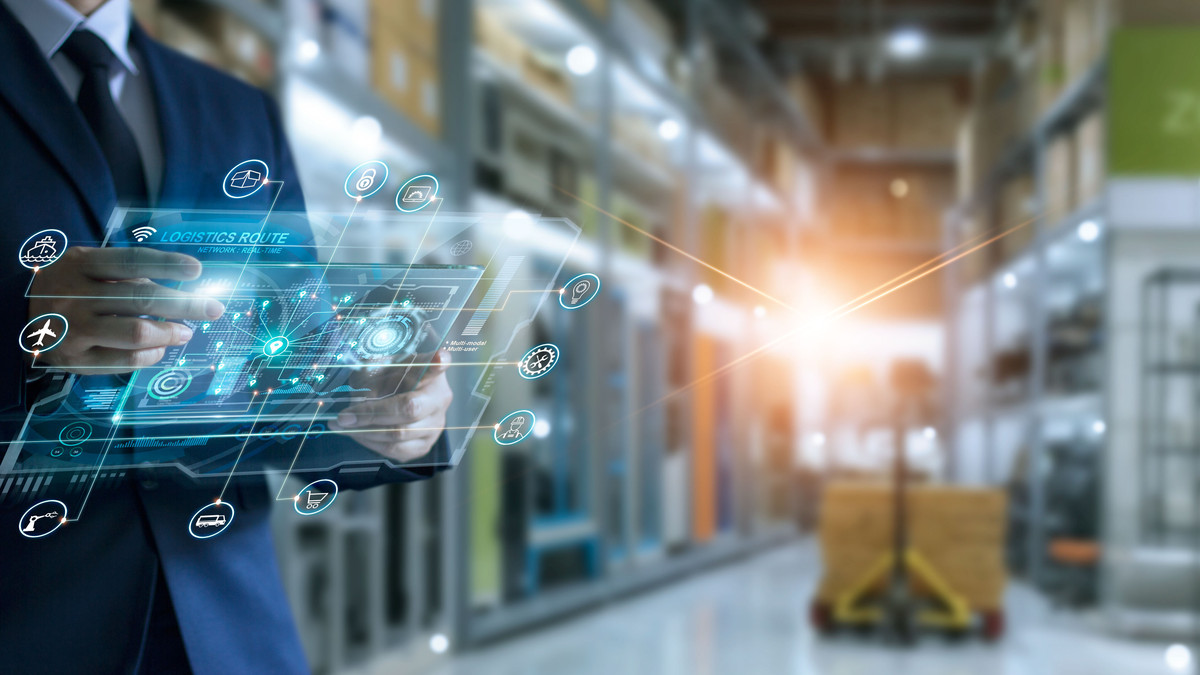It is no secret that the manufacturing industry in the U.S. has fallen behind over the last several decades, even though innovation in related technologies, including factory automation and robotics, are thriving in America’s universities and start-up community.
While some industries have embraced factory modernization, including the automotive and consumer electronics sectors, sourcing continues to favor countries where not only is the labor force less expensive, but the equipment and methods used in other countries has been proven to deliver higher quality products at lower costs.
It is time for the US to pivot from the mentality that automation and robotics is taking away jobs when, in fact, modernization along with education creates higher quality jobs and career opportunities when American factories can produce quality products at scale, leading to competitive pricing and healthy margins for the brands who bring products to market.
New technologies have always fueled the American and global economy, as breakthrough software and hardware innovations make what used to be impossible not only achievable but scalable.
The world is now in the Fourth Industrial Revolution, a concept first introduced by a team of scientists developing a high-tech strategy for the German government. Klaus Schwab, executive chairman of the World Economic Forum, introduced the phrase to a wider audience in a 2015 article published by Foreign Affairs.
“Mastering the Fourth Industrial Revolution” was the 2016 theme of the World Economic Forum Annual Meeting, in Davos-Klosters, Switzerland, based on Schwab’s 2016 book, which described advanced manufacturing technologies that combine hardware, software and human interaction, and emphasized advances in communication and connectivity.
Included in his book were disciplines including the Internet of Things, the Industrial Internet of Things, 5G networking technologies, 3D printing, artificial intelligence, nanotechnology, quantum computing and robotics.
Looking back, the first industrial revolution transformed manual production methods to machines, powered by steam and water.
The second industrial revolution, which spanned the 19th and 20th centuries, drove tremendous economic growth with the advent of electricity, telegraph networks, rail transportation, and “production lines” which had a lasting impact on unemployment as traditional factory workers’ tasks were taken over by machines.
The third industrial revolution further accelerated the role of technology and is one that most of us witnessed in our lifetimes, leveraging computers, connectivity networks, the rise of the Internet, and the use of software automation to completely transform the way people and things interact, from PCs to mobile devices, websites to social media.
Today, we are in an even more accelerated industrial revolution. We are now seeing faster product development, more efficient product manufacturing, more intelligent supply chains, and simply higher quality goods with lower costs thus allowing for higher profits. Given the enormous amount of value being created, entrepreneurs and massive corporations have benefitted; however, a loss of manufacturing jobs has also resulted from this revolution.
People and machines for the win
The American ideal is built upon the premise that economic progress can benefit all when opportunities are created, even as digital transformation is underway. Because other countries have been more aggressive in adopting new automation and robotics solutions in manufacturing, the US has fallen behind, making prosperity for all even more elusive.
As we now embark on the economic recovery in the U.S., following the catastrophic COVID-19 pandemic, we can take a fresh look at manufacturing innovation, and embrace AI, machine learning, automation, and robotics to make our country, our businesses, and our people stronger.
This will take strong and clear intentions, policies, collaboration, and cooperation, from the private and public sectors, and from the educational institutions adopting Science Technology Engineering and Math curriculums to advanced degrees in “Industry 4.0” categories, including the accelerate of smarter factories, smarter communities, and simply better ways to create, produce and distribute products that are healthier for people and the planet.
Automation can make it easier to feed a growing population with precision horticulture and agriculture.
Automation can drive the electric vehicle manufacturing industry in the U.S. to produce better cars and trucks that use less or zero fossil fuels, and include safety features that can reduce accidents, injuries and deaths.
Automation has the potential to create not just new and better products, but to create higher paying jobs — for example, training traditional autoworkers in computerized services to digital auto techs, moving “blue collar” workers to “new collar” workers with less dangerous, more creative, and higher paying jobs.
Government policies and reforms, legislated across the aisle, can make a huge difference in encouraging and rewarding the development of new technologies and new-collar jobs.
Investors and businesses can also make a huge difference, but transforming the workforce with exciting new jobs, thinking ahead about how they can transition their teams from the mundane to motivational, including proven practices such as “co-botting” in factory settings.
Let’s not reject manufacturing innovation because it may be disruptive.
Let’s embrace it, extend it, evolve it, enhance it and move to a place of enlightenment through collective efforts to create responsive and responsible policies designed to ensure the “unintended consequences” of our best intentions are addressed as part of the process.
Let’s build the American economy while we make it possible for every entrepreneur and individual to build their American dreams, creating dignified jobs and career opportunities, bringing prosperity for all, in addition to liberty and justice for all, as foundational to the future of the American Experiment.
This article was written by Hank Torbert from Forbes and was legally licensed through the Industry Dive publisher network. Please direct all licensing questions to legal@industrydive.com.
